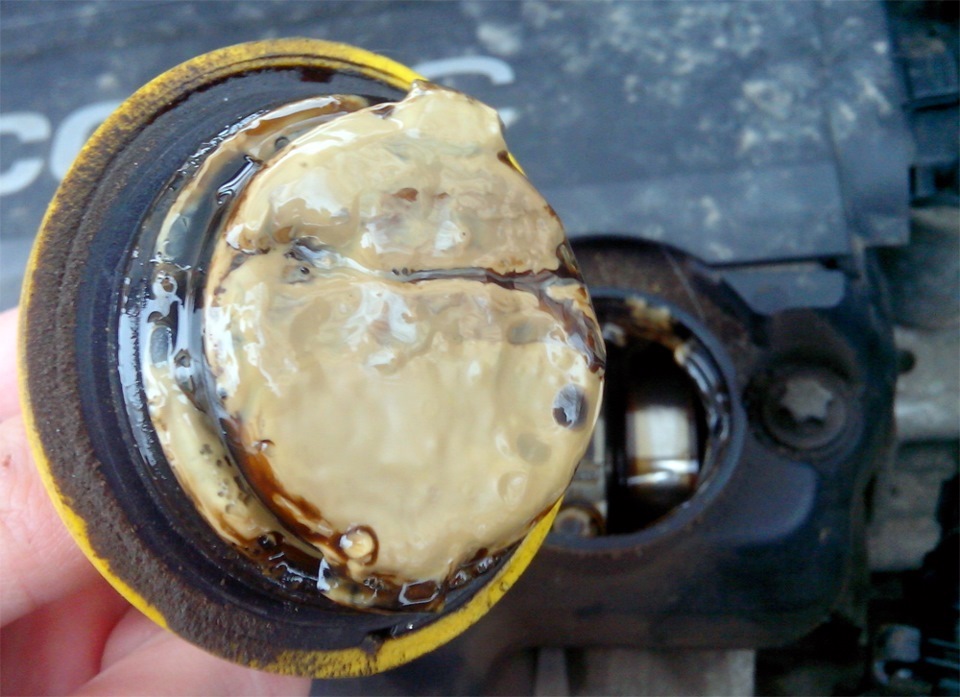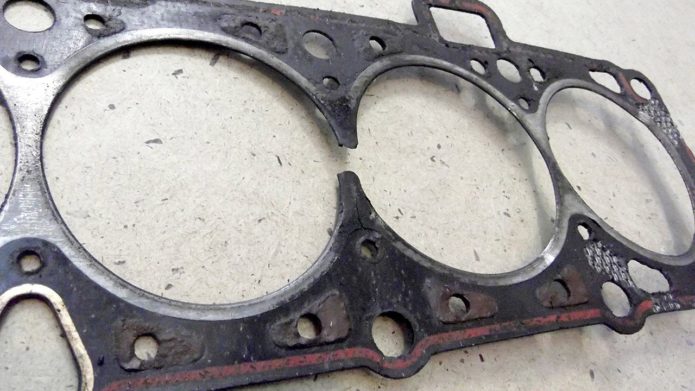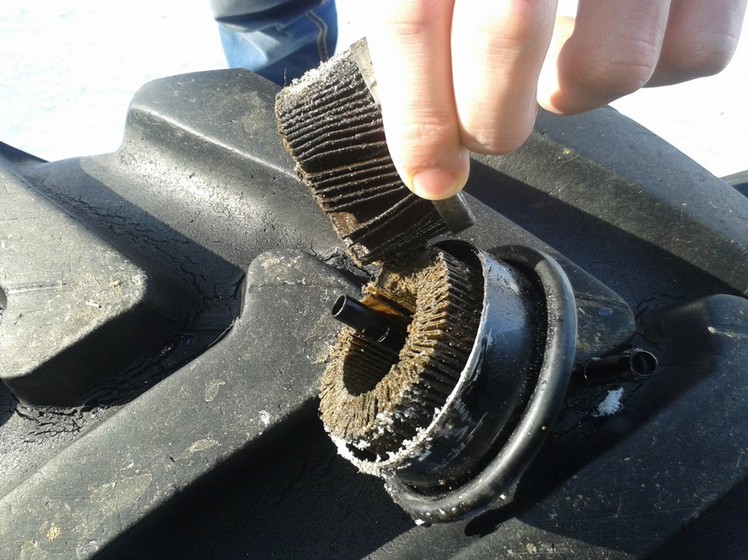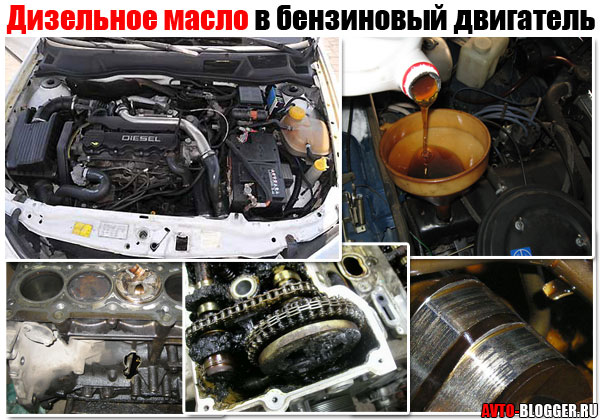
Antifreeze in the engine: who is to blame and what to do?
Content
Antifreeze and any other antifreeze in the engine is a serious and very unpleasant problem that is fraught with major repairs. For every motorist, this is the biggest trouble, but you can minimize the consequences if you can notice the breakdown in time, find the cause and quickly eliminate it.
Consequences of getting antifreeze into the cylinder block
It doesn’t matter what liquid gets into the engine, it can be ordinary antifreeze or modern expensive antifreeze, the consequences will be identical. Further operation of the vehicle in the usual sense is not allowed. Coolant (hereinafter referred to as coolant) cannot harm the engine, even taking into account the aggressive and toxic components that make up its composition. The problem is that ethylene glycol, which makes up most coolants, when mixed with engine oil, is converted into a solid insoluble component, similar in action to abrasive materials. All rubbing parts wear out quickly and fail.

White emulsion on the plug: a clear sign of the presence of coolant in the oil
The second problem is a kind of scale or emulsion in the form of deposits on the walls of oil pipelines and numerous channels. The filters cannot cope with their task, because they are simply clogged, the oil circulation is disturbed and, as a result, the pressure in the system rises.
The next trouble is the dilution of engine oil, as a result of which detergent, lubrication, protective and other properties are lost. All this together invariably leads to overheating of the power unit and deformation of the cylinder block and its head. It doesn't matter if it's a petrol or diesel engine, the results will be the same.
Reasons for hitting
If you study the device of an automobile engine, it becomes clear that the coolant circulates through the so-called shirt, removing excess heat. These channels in the normal state do not communicate with the internal cavities, but at the junctions of different parts (especially where the cylinder head is connected to the block itself) there are weaknesses and gaps. A special gasket is installed in this place, which becomes a link and prevents leakage of antifreeze. However, it often burns out as it wears out and the coolant flows out or into the cylinders, sometimes in both directions.

Through such damage to the gasket, the refrigerant enters the cylinders
Often the problem happens due to the fact that the cylinder head has defects in the plane that is pressed against the block. The slightest deviation creates microscopic gaps through which antifreeze is ejected under pressure. Well, the third reason is a crack in the channels on the block.
Antifreeze enters the engine: signs
For any coolants, the signs of getting into the combustion chambers and into the crankcase with oil will be the same:
- white exhaust smoke (not to be confused with steam in winter);
- in the exhaust gases there is a specific sweet smell of antifreeze;
- the level in the expansion tank is constantly decreasing (an indirect sign, since it can also leave due to a banal leak through the pipes);
- when examining the oil level dipstick, you can see an uncharacteristic shade (dark or, conversely, white);
- spark plugs in leaking cylinders are damp from antifreeze;
- emulsion on the oil filler cap.
Before you begin to fix the problem, you need to find the exact cause, due to which the refrigerant enters the cylinder block.

Antifreeze in combustion chambers
Solutions
In the vast majority of cases, it is the cylinder head gasket that becomes the cause, and it will need to be replaced and the integrity of the cooling system restored. It is inexpensive, and the replacement will not fly into a round sum, especially for Russian-made cars. The most difficult thing is to remove the head, because you need a special torque wrench to control the force when tightening the nuts. You also need to take into account the sequence in which the nuts on the studs are unscrewed and then tightened.
Changing the gasket is not enough and you have to grind the plane of the cylinder head to the block, most likely, if the tightness is damaged, the “head” will lead. In this situation, you can no longer cope on your own, you need to involve the masters. They will carry out troubleshooting, and if it turns out that the head is severely deformed, grinding will no longer help, you will have to replace the cylinder head. If the antifreeze enters the engine due to cracks in the block, then there is only one option to eliminate the leak: replacing the block, and in most cases this means installing a new or contract motor.
Video: Consequences of getting antifreeze into the engine
The ingress of antifreeze is not an exceptional case and occurs everywhere, even a novice motorist can determine the malfunction. The solution to the problem can be different and differ both in complexity and in the cost of repairs. Do not delay with the diagnosis when any symptoms appear, this is fraught with more serious consequences up to replacing the engine.

